Photos: Dog Mummies and their Pesky Parasites
A young mummified dog
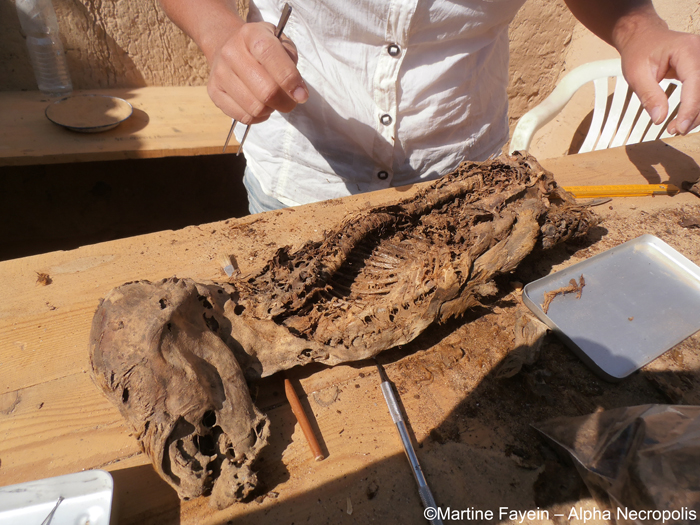
A dog mummy has revealed the first archaeological evidence of bloodsucking parasites plaguing Fido's ancestors in Egypt during the classical era of Roman rule. Here, French archaeozoologist Cecile Callou in the field in Egypt conducting the first investigations on the mummified young dog.
Poor, sick creature
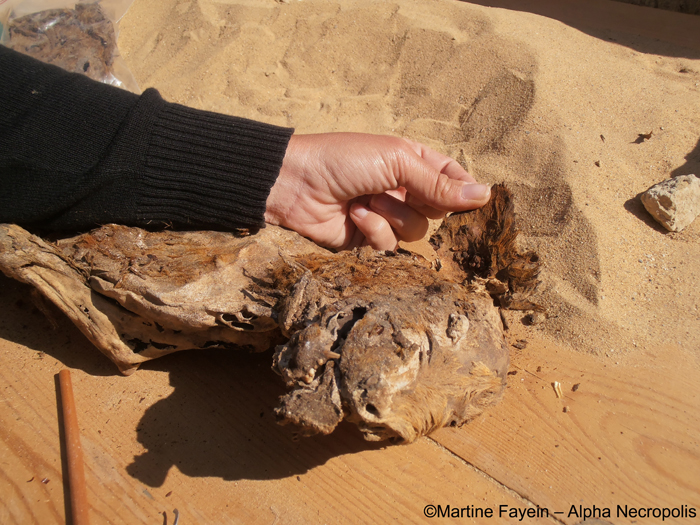
The first evidence of a severe infection by ectoparasites (parasites that live outside the host) revealed by the presence of numerous ticks still firmly anchored in the mummy dog's ear. French archaeologists found the infested dog mummy while studying hundreds of mummified dogs at the excavation site of El Deir in Egypt, during expeditions in 2010 and 2011.
Profile view of mummified animal
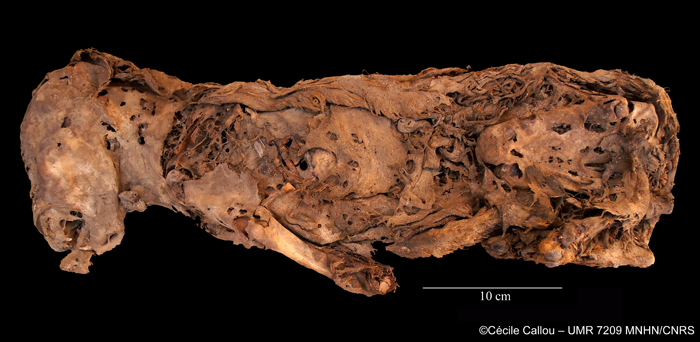
The dog’s mummy. profile view of the left side, with visible damage due to partial decay combined with insect activity.
Good specimen
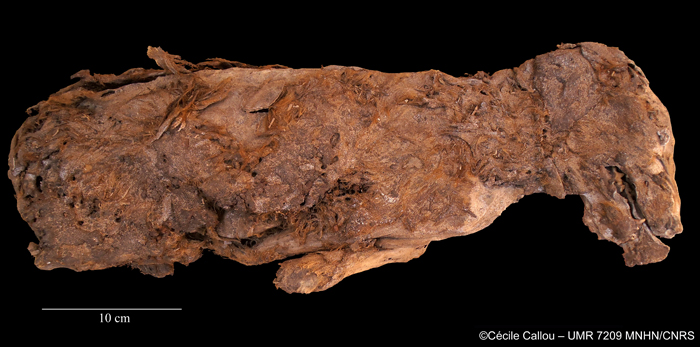
Profile view of the well-preserved right side of the mummified dog.
Close view of mummified dog
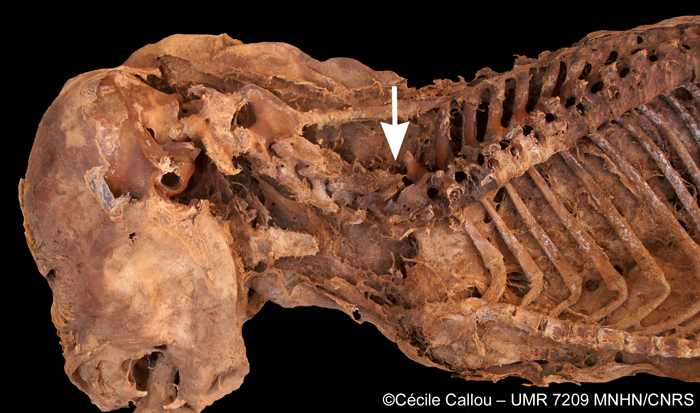
Close-up of the post mortem vertebral dislocation located between the sixth and seventh cervical vertebrae of the mummified dog discovered at the excavation site of El Deir in Egypt.
Last meal
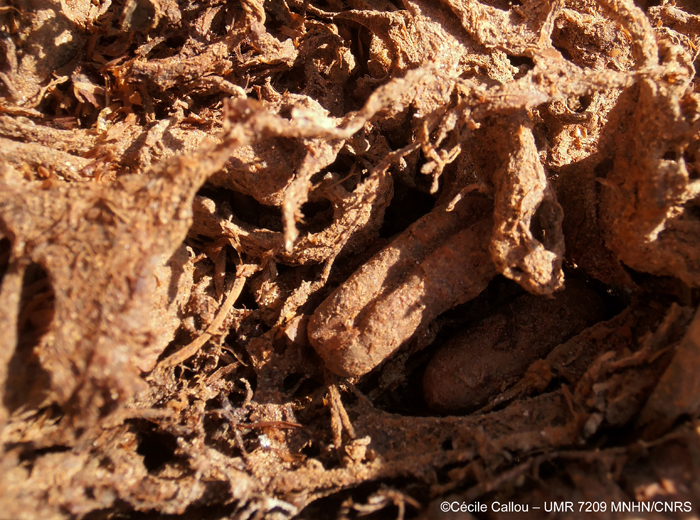
Partial view of the stomach contents showing date (fruit) stones in situ.
Date stones
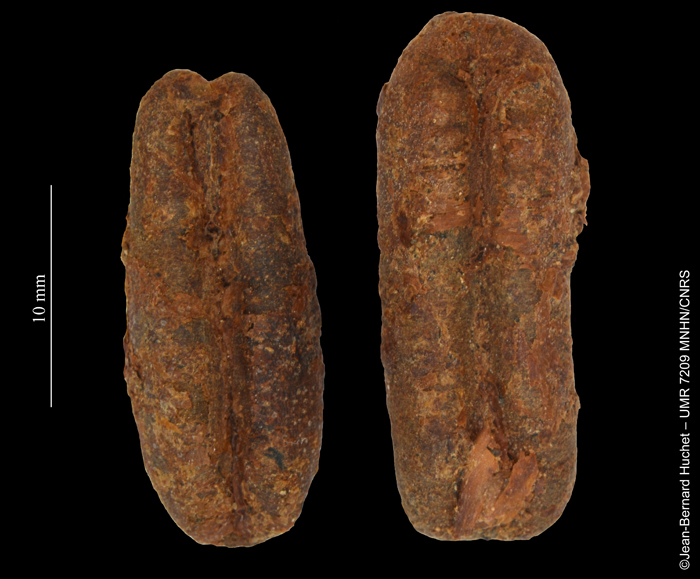
Date stones recovered from the stomach of the mummified dog unearthed in El Deir in Egypt.
Sign up for the Live Science daily newsletter now
Get the world’s most fascinating discoveries delivered straight to your inbox.
Left ear close-up
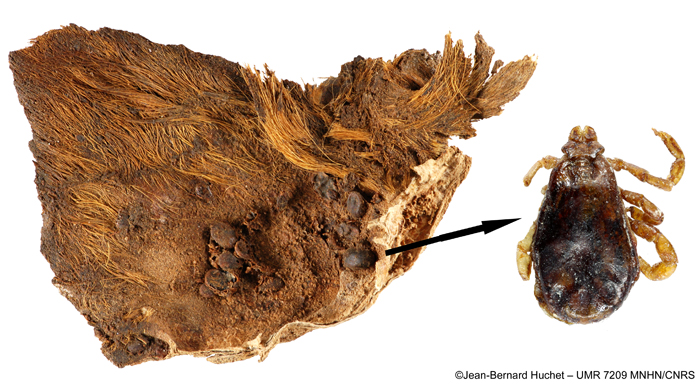
Mummy dog's left ear heavily infested by the brown dog tick Rhipicephalus sanguineus Latreille. Arrow: close-up of a specimen of R. sanguineus Latr. recovered from the ear.
Specimen from mummy dog
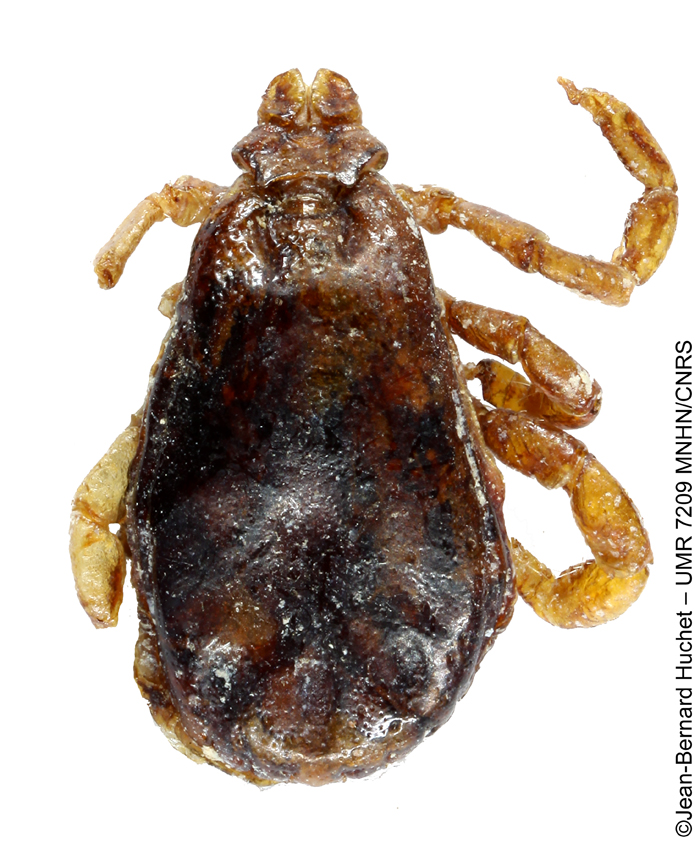
A brown dog tick, Rhipicephalus sanguineus Latr., recovered from the dog mummy.
Flea specimen from mummy dog
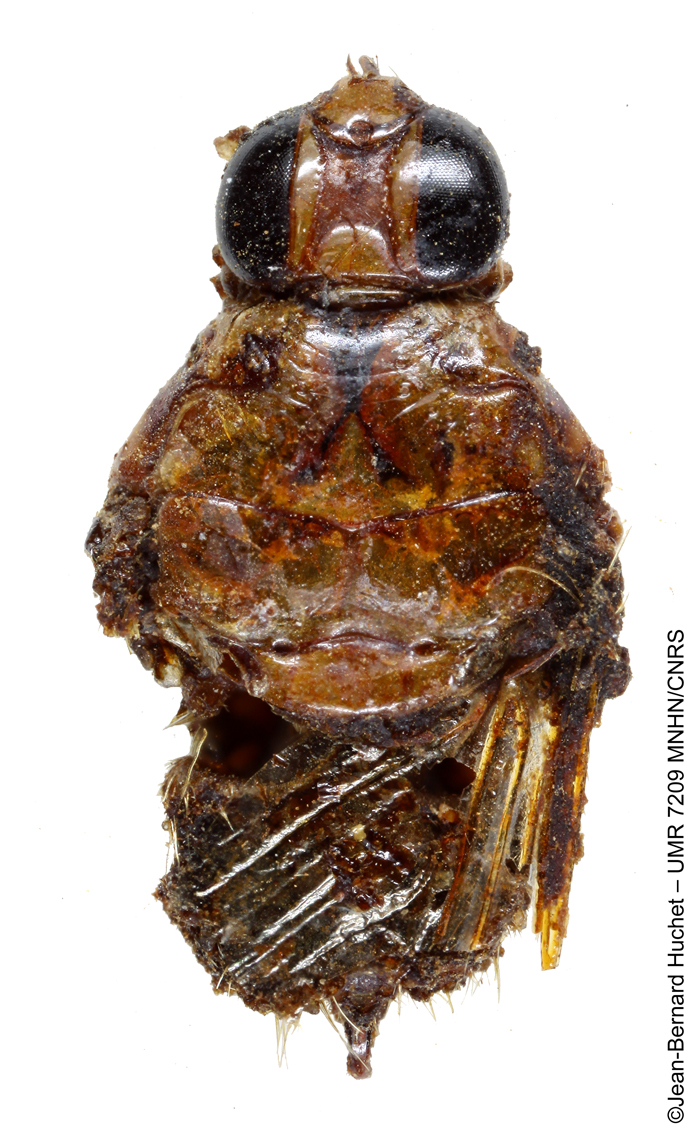
Anterior part of the louse fly Hippobosca longipennis F. specimen recovered from the dog’s coat.
More specimens from mummy dog
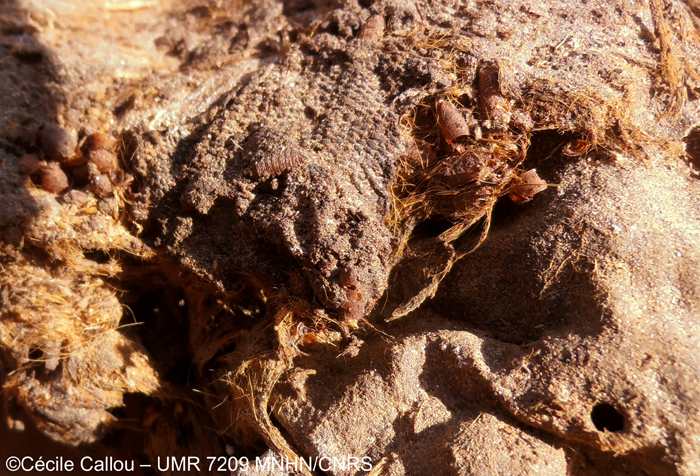
Necrophagous fly puparia (hardened larval skin) still attached to the coat of the mummified dog.










